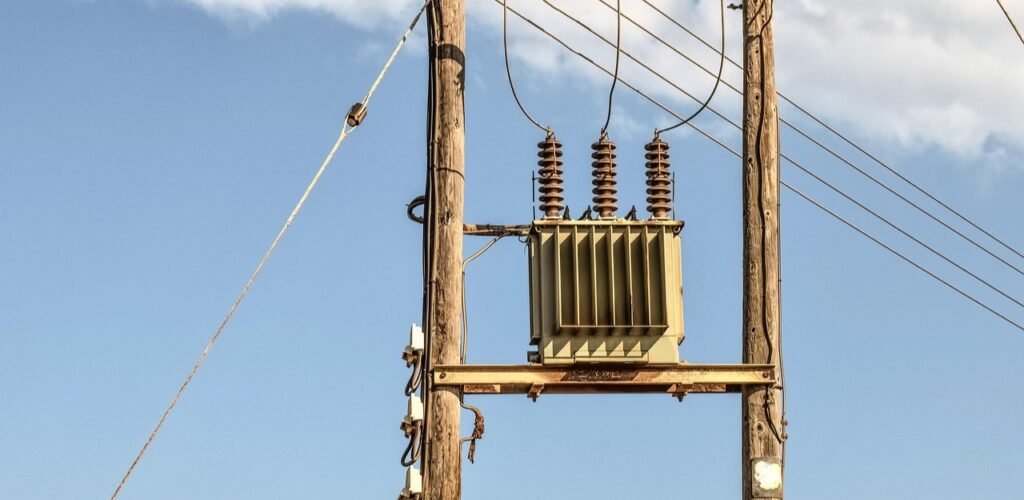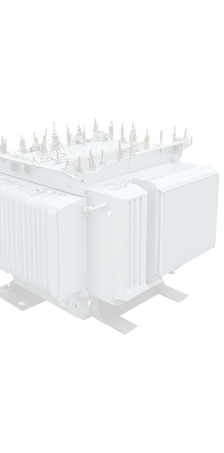When it comes to managing power distribution effectively, transformers are an indispensable asset in any electrical system. Whether you’re setting up new infrastructure or replacing aging equipment, a transformer purchase is a significant investment that requires careful consideration. While most buyers tend to focus on factors like power rating, size, and voltage class, one aspect that has a direct impact on performance—but is often overlooked—is the core material.
The material used in a transformer’s core plays a pivotal role in determining how efficiently it can operate. If you’re in the market for a new or used transformer, understanding core materials will help you make a smarter, more informed decision that leads to energy savings, improved durability, and lower long-term costs.
Why Core Material Matters
At the heart of every transformer lies a magnetic core, responsible for carrying the magnetic flux generated by alternating current. The core’s job is to transfer this magnetic field between the primary and secondary windings with minimal energy loss. However, not all materials are created equal. Depending on the core material, transformers can experience varying degrees of core losses, which are composed of hysteresis loss and eddy current loss.
Low-quality or outdated core materials can significantly reduce the efficiency of a transformer. In contrast, high-grade core materials minimize losses, reduce heat generation, and improve the overall performance of the transformer. If you’re planning a transformer purchase, especially in applications with continuous load or high voltage demand, paying attention to the core type is crucial.
Common Core Materials in Transformers
1. Grain-Oriented Silicon Steel (GOES)
Grain-oriented silicon steel is the most commonly used core material in power transformers. The aligned grain structure allows for low hysteresis loss and high magnetic permeability in the direction of grain orientation. It’s reliable and relatively efficient, making it a good choice for standard applications.
2. Non-Oriented Silicon Steel
This material is typically found in low-voltage and distribution transformers. Because its grain structure is random, non-oriented steel produces higher core losses. It is less efficient than GOES and is generally used where performance demands are lower.
3. Amorphous Metal
One of the most advanced core materials available today, amorphous metal offers superior efficiency due to its unique atomic structure. With extremely low hysteresis and eddy current losses, amorphous metal cores can reduce core losses by up to 70% compared to conventional steel. While slightly more expensive, the long-term energy savings and lower operating temperatures can justify the cost—especially for long-term projects.
If your goal with a transformer purchase is to maximize energy efficiency and minimize operating costs, opting for a unit with an amorphous core is often the best route.
How Core Material Affects Transformer Efficiency
The efficiency of a transformer can vary widely depending on its core material. Poor core materials not only waste energy but also generate excess heat, which can reduce the life expectancy of the transformer. This, in turn, leads to more frequent maintenance or even premature replacement.
For businesses concerned with energy usage, operational downtime, or long-term equipment ROI, core material should be a primary consideration during any transformer purchase decision. When in doubt, consult a trusted transformer company to review technical specs and performance benchmarks.
Transformer Efficiency and Environmental Impact
Aside from energy savings, the efficiency of a transformer has environmental implications. Lower core losses mean less energy is wasted, which directly contributes to reduced greenhouse gas emissions. By choosing transformers with higher-efficiency cores, companies can align with sustainability goals and regulatory standards.
If you’re currently operating outdated transformers, it may be time to upgrade. JJ Transformers offers a wide range of modern power transformer options with optimized core materials, along with services to help you sell used transformers and transition to newer, greener technology.
Things to Consider Before Making a Transformer Purchase
When evaluating a transformer for purchase—whether new or second hand transformer—keep the following in mind:
- Efficiency Ratings: Compare core loss values across different models. Lower loss translates into long-term savings.
- Load Conditions: If your application runs 24/7, high-efficiency core materials like amorphous metal are a wise investment.
- Budget vs. ROI: While high-end core materials can increase upfront costs, the reduced energy consumption will pay off over time.
- Regulatory Requirements: Many regions have minimum efficiency standards. Check if the transformer complies with DOE or IEC standards before purchase.
When to Replace vs. Rewind
Sometimes, it’s more economical to rewind an existing transformer rather than replace it—particularly if the core is still in good condition. However, if the core is outdated or degraded, even transformer rewinding may not offer much improvement in efficiency.
In such cases, it makes sense to sell transformer units that are beyond optimal performance and invest in a replacement. JJ Transformers not only buys and refurbishes old transformers but also provides expert guidance on the most cost-effective upgrade paths.
How JJ Transformers Can Help
At JJ Transformers, we specialize in both new and used transformers for sale near me that feature high-quality, efficiency-optimized core materials. Whether you’re buying for a major industrial facility or a small business, we help customers make the right transformer purchase by matching your needs with the right core technology and specifications.
We also support customers looking to sell old transformers, recycle outdated units, or find a suitable replacement from our vast inventory of refurbished options.
Final Thoughts
The next time you’re planning a transformer purchase, don’t overlook the importance of core material. It’s a critical component that can drastically affect energy consumption, maintenance frequency, and overall equipment lifespan. From standard GOES cores to high-performance amorphous metals, selecting the right core material can mean the difference between a smart investment and an ongoing expense.
For the best advice, inventory, and end-to-end support—including recycling, rewinding, and resale—turn to JJ Transformers. We’re committed to delivering efficient, cost-effective, and sustainable transformer solutions tailored to your operational needs.



